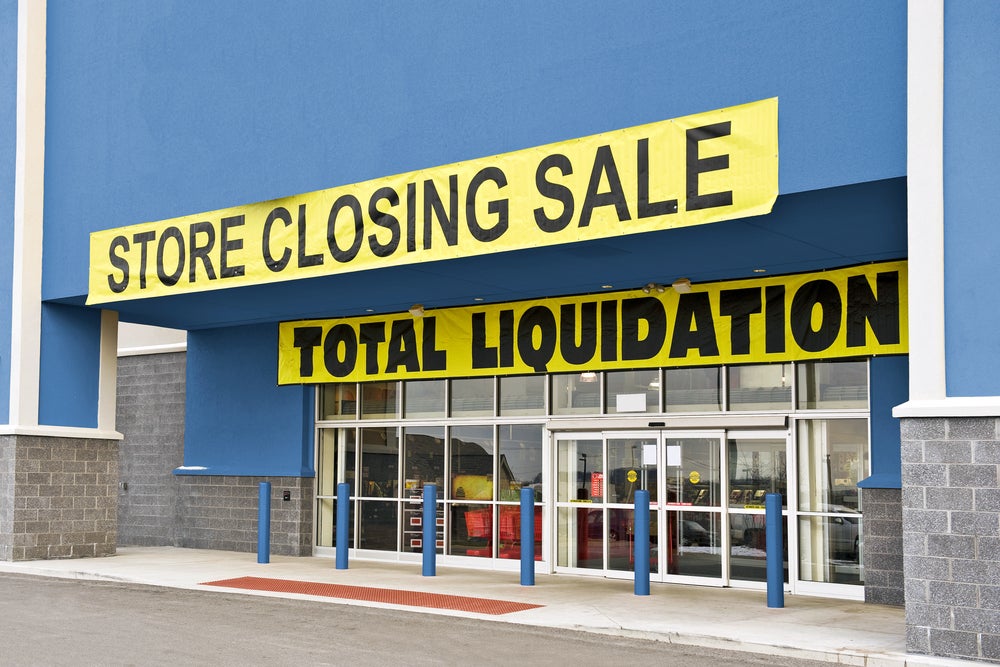
New figures reveal that the UK has experienced the closure of 6,000 storefronts over the past five years.
The impact of Covid-19, a growing cost of living crisis and burdensome business rates are cited as the primary reasons compelling shop owners to shut down their businesses.
This trend has left many cities with undesirable “gap-toothed high streets,” signalling a concerning situation for the retail sector.
Rising vacancy rates point to a troubled retail landscape
The British Retail Consortium (BRC) and the Local Data Company (LDC) jointly report that the overall vacancy rate across Britain increased to 13.9% in the second quarter of this year.
While this represents a slight improvement from the first quarter, it remains 0.1% point higher compared to the same period last year.
Notably, shopping centre vacancies have remained stable at 17.8%, but high street vacancies have increased by 0.1% to 13.9%.
Urgent call for action to revive shopping areas
The BRC calls for local councils to devise a cohesive plan to reinvigorate shopping areas and prevent further store closures.
BRC chief executive Helen Dickinson emphasises that the broken business rates system and the impact of Covid-19 lockdowns have significantly influenced decisions to close stores.
The government is urged to review the business rates system and consider freezing rates bills next year to support struggling retailers and encourage essential investments in towns and cities.
Moreover, regional disparities are evident in the vacancy rates, with Greater London, the southeast and the east of England maintaining the lowest rates due to new flagship stores and increased foot traffic from office workers and tourists.
In contrast, the north-east and the Midlands experience the highest vacancy rates, followed by Wales and Scotland.
LDC commercial director Lucy Stainton warns that vacancy rates have reached critical levels across all locations, necessitating the redevelopment of units to revitalise retail destinations.
While improvements are not anticipated in the near future, gradual increases in vacancy rates are likely if effective measures are not taken promptly.
The situation calls for urgent attention and collaboration between government, local councils and businesses to address the challenges faced by the retail sector and breathe new life into Britain’s high streets.



